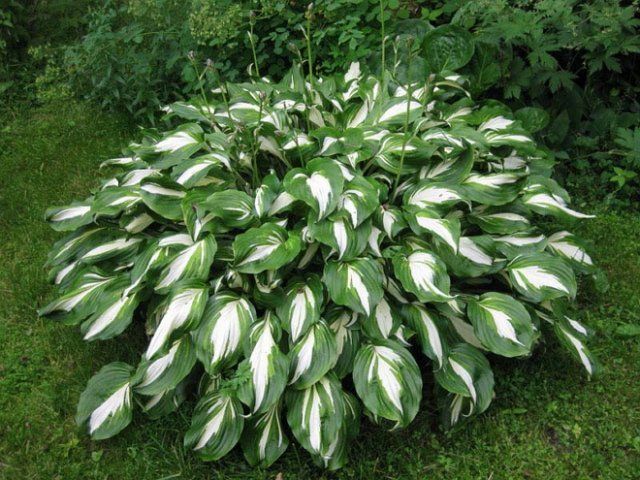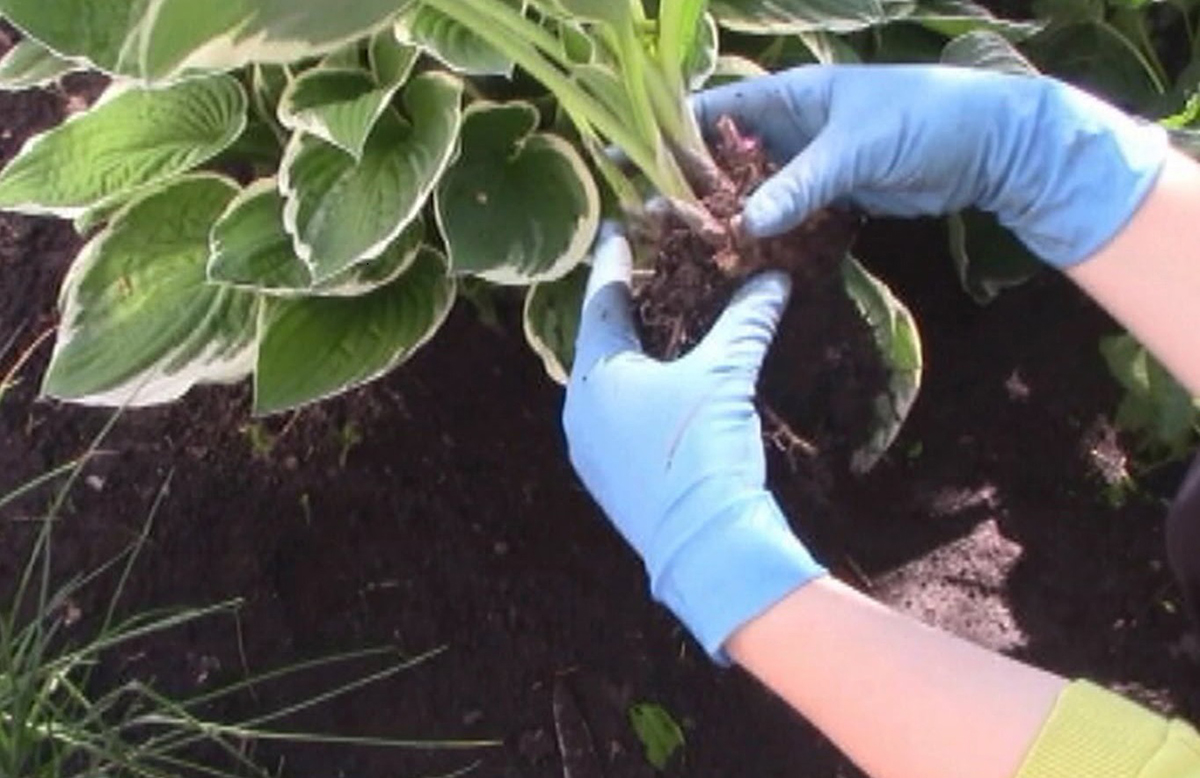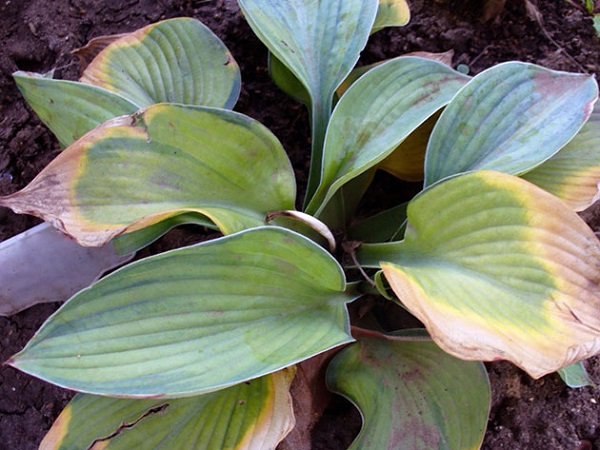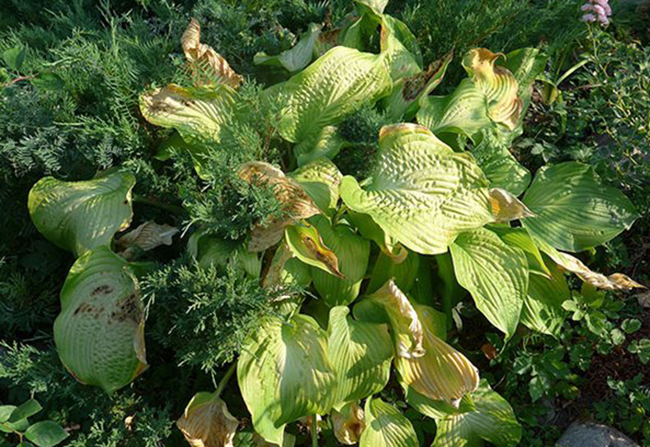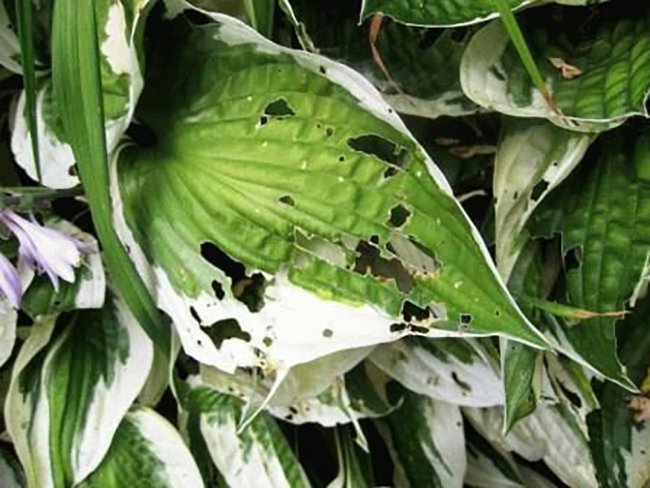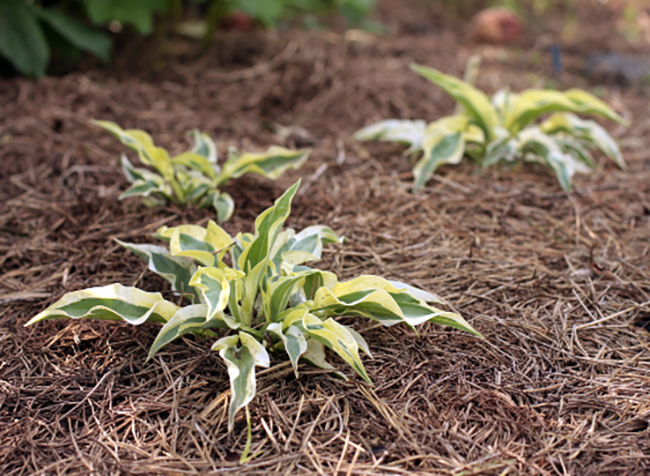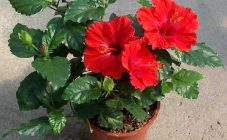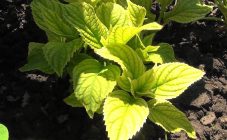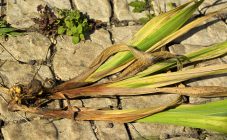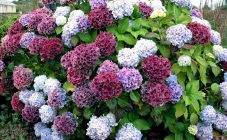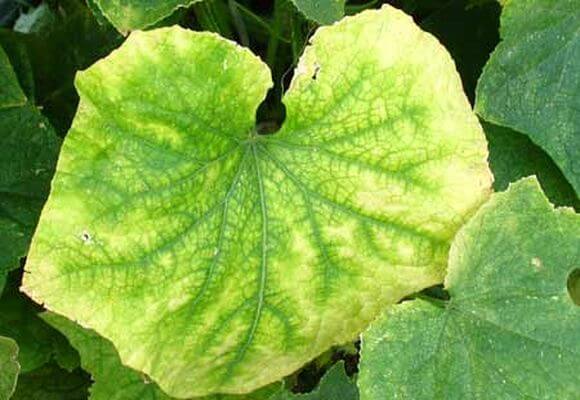Content:
Hosta (funkiya) is a favorite of many gardeners, thanks to its bright and original color, beautiful leaf shape. The fact that this plant is not at all whimsical in terms of care and growing conditions makes the hosta a desirable element in creating almost any landscape. In addition to its visual appeal, the hosta stands out with another important feature - it creates a ground cover effect, muffling the growth of weeds. It can grow for more than 10 years without losing its attractiveness.
In most cases, this plant is short, up to 15 cm tall, but there are also larger varieties that reach one meter in height. The colors of the leaves are also varied: they are green, blue, pink, variegated, with a yellow, white center. In structure, the leaves are glossy and matte. Basically, hosts are not flowering plants, but one species (Plantain) form beautiful delicate flowers, very similar to a lily.
Features of planting and care
It is advisable to plant the plant in spring, when a stable heat is established, but before the hot days of June.
Landing hosts involves performing simple steps:
- The choice of planting material. Flower reproduction is carried out by dividing the bush. You should choose high-quality young side shoots. Separate them very carefully so as not to damage the root. Another option is to purchase a potted seedling and plant it along with the soil in which it grew.
- Choosing a landing site. This plant is shade-loving, does not tolerate direct sunlight. But this feature is another advantage of the hosta - it can decorate the garden where other flowers simply cannot grow. This culture prefers well-moistened, light, slightly acidic soils. Drafts and strong winds adversely affect the condition of the hosts. The optimal place for planting a plant is under the cover of trees. They provide shade and protect from wind, rain and direct sunlight.
- Disembarkation. The soil is well dug up, mixed with organic fertilizers, and moistened. Drainage is provided in the case of heavy soil prone to blocking. A hole is dug up to a depth of 30 cm, and a seedling is planted.
Basic rules of care:
- Regular watering. With a lack of moisture, the host acquires a brown tint and may simply die. It is advisable to organize watering in such a way as to prevent the soil from drying out. The best option is to water the plant in the morning to keep it moist throughout the day. Water should be poured at the root, avoid contact with leaves.
- Fertilizer. Hosts respond well to organic matter - ash, humus, compost. It is recommended to fertilize the plant in spring and autumn.
- Pruning. The leaves of the flower freeze over in winter. To rejuvenate the bush, it is better to cut it off completely.
- Seating. 4 years after planting, the bush must be thinned out. Young pagons can be transplanted.
Growing problems
Despite the stability and unpretentiousness of the host, there are certain nuances that affect the condition of the plant.
The most common problems:
- Why is the host turning yellow;
- Why do hosta leaves dry?
In most cases, the factors that provoked such lesions are quite simple, and the situation can be corrected:
- The bush is exposed to direct sunlight, which simply burns the leaves, causing them to turn yellow. You can help the plant by simply transplanting it into the shade.
- Incorrect watering is applied. If moisturizing is carried out during the day, or water gets on the leaves, burns may form.
- Insufficient hydration. The soil around the hosta should be moist, if the soil is dry, the leaves may dry out.
- The bush is frozen. Leaves should be simply trimmed.
- The plant did not divide for several years. As a result, the strength of the flower is not enough to fully support all the sprouts. Hostas are planted, yellowed and dried areas are removed.
An unsuccessful planting site (not protected from the sun) and a lack of watering can provoke poor development of the bush. Growth slows down, leaves shrink, color darkens.
Hosta leaf disease
There are several dangerous diseases to which the host is exposed.
Hosta leaves turn yellow
The main reason why the hosta turns yellow is the X virus. In this disease, small yellow spots first appear, which constantly increase and gradually completely cover the leaves.
Leaves dry
A possible cause is phyllostictosis. This common disease is the main factor why the tips of the leaves first dry out in hosts, then brown-brown spots appear, affecting the entire plant. Over time, fungus is added to these lesions, and the hosta begins to dry out.
Leaves curl
It is a symptom of damage by the leaf curl virus. Not a very common type of tomato virus strain, but it is because of it that the hosts first curl the leaves, become corrugated, wrinkle, and then turn yellow and dry.
Small leaves
Signs of the development of gray rot. Symptoms of Botrytis - the leaves become smaller, the edges begin to rot, over time all the foliage is affected.
Holes in the leaves
A consequence of the activity of slugs and snails - holes appeared on the leaves of the hosta. If you do not fight these creatures, they can cause irreparable damage to the plant.
Leaves turn white
Rotting of the root collar begins. The first sign of the disease is a suspension of growth. The leaves wither, turn white. As a result, the host dies.
Rust on the leaves
A dangerous disease, which is called that, is rust. It affects many cultures. It is not difficult to recognize the virus - brown, brown spots appear on the leaves, gradually covering the entire surface. When pressing on the affected area, powder spills out - this is the focus of the virus.
Hosta leaf disease how to treat
The main preventive measures and treatment:
- Treatment of phyllostictosis. The diseased leaves are removed and burned. The plant is divided, watering is reduced. In addition to such preventive measures, the host should be treated with Vectra and Strobi preparations. Additionally, you can spray with copper sulfate and colloidal sulfur.
- Fight against gray mold. At the initial stages, treatment with Bordeaux liquid or Topaz, Champion preparations is carried out. If the plant is severely affected, it must be removed.
- You can cure rotting of the root collar by digging out the host, cutting out the damaged areas, sprinkling the wounds with fungicide. The treated plant is planted again, but in a different place.
- Shade and regular watering act as rust prevention.
- A plant infected with the X virus cannot be cured. The host is removed and destroyed. All instruments are disinfected. The soil at the site of growing the diseased plant should be replaced.
- Protection against slugs and snails can be done with certain drugs or devices that do not harm them. The simplest and most affordable method is mulching, preferably with choppy and fine material (chips, bark). You can plant garlic, lavender or other plants with a pronounced aroma near the hosta, which snails cannot tolerate.
Tips & Tricks
Experienced flower growers give many original tips, some of which deserve special attention:
- When planting hosts, be sure to make sure that the root collar is covered with earth. When a peduncle appears, it is advisable to remove it (with the exception of plantain host).
- When planting varietal hosts, you need to monitor the quality of the new plant. Often there are cases that a shoot of a completely different color grows from a bush of a certain variety. It needs to be separated and transplanted to another location. The answer to the question why this is done is simple. This prevents mixing of varieties.
- Flowers get along very well and combine with fern ornamental plants. Some gardeners are experimenting with the coniferous hosta neighborhood - a rather exotic picture turns out. But provided that the tree is compact in size. Hosta looks great against the background of stones, small streams. You can make a small slide near the fountain.
- For mulching to protect against slugs, you can use small seashells - you get a beautiful picture and a good result.
- If the hosts do not grow well, you should study the composition of the vegetation around well. The neighborhood of such trees as poplar, walnut, willow can negatively affect the flower in the sense that they absorb moisture in large quantities, and hosts need it so much.
- When buying planting material, you should not choose too large seedlings. They take root for a long time, are prone to rebirth.
